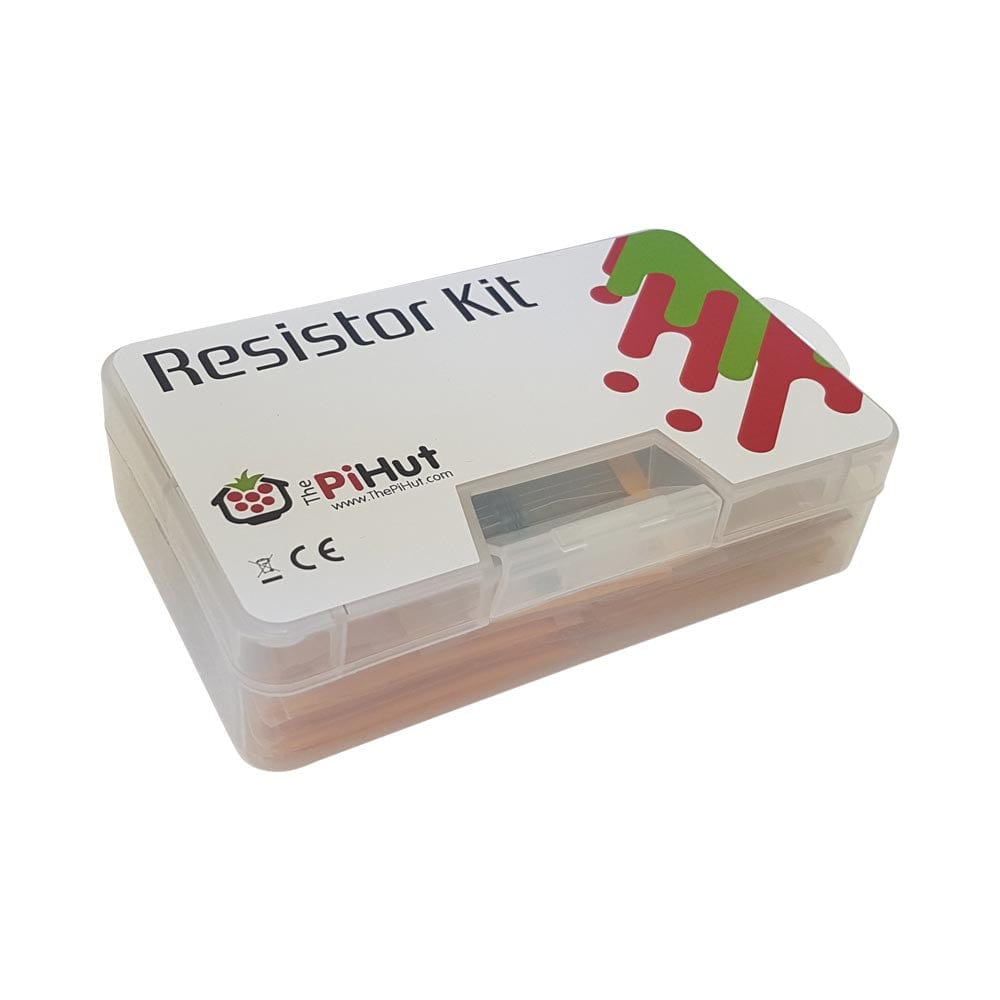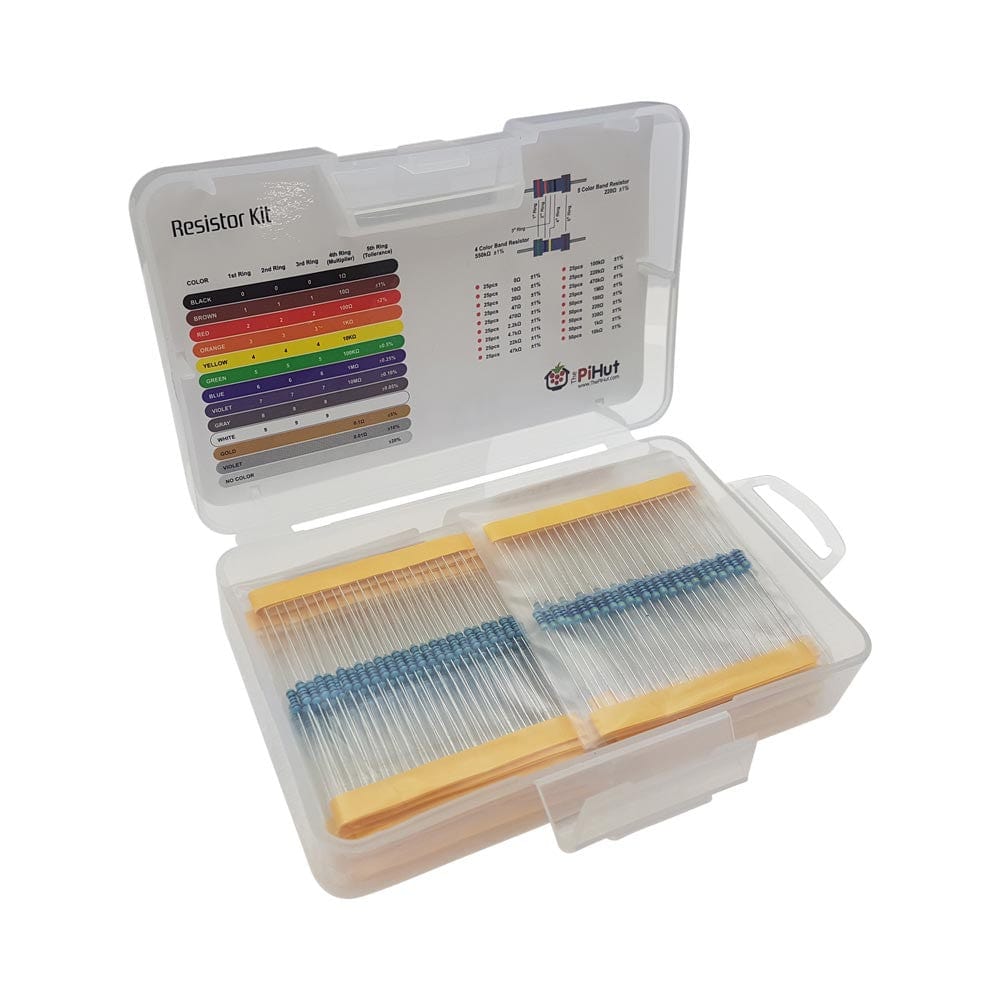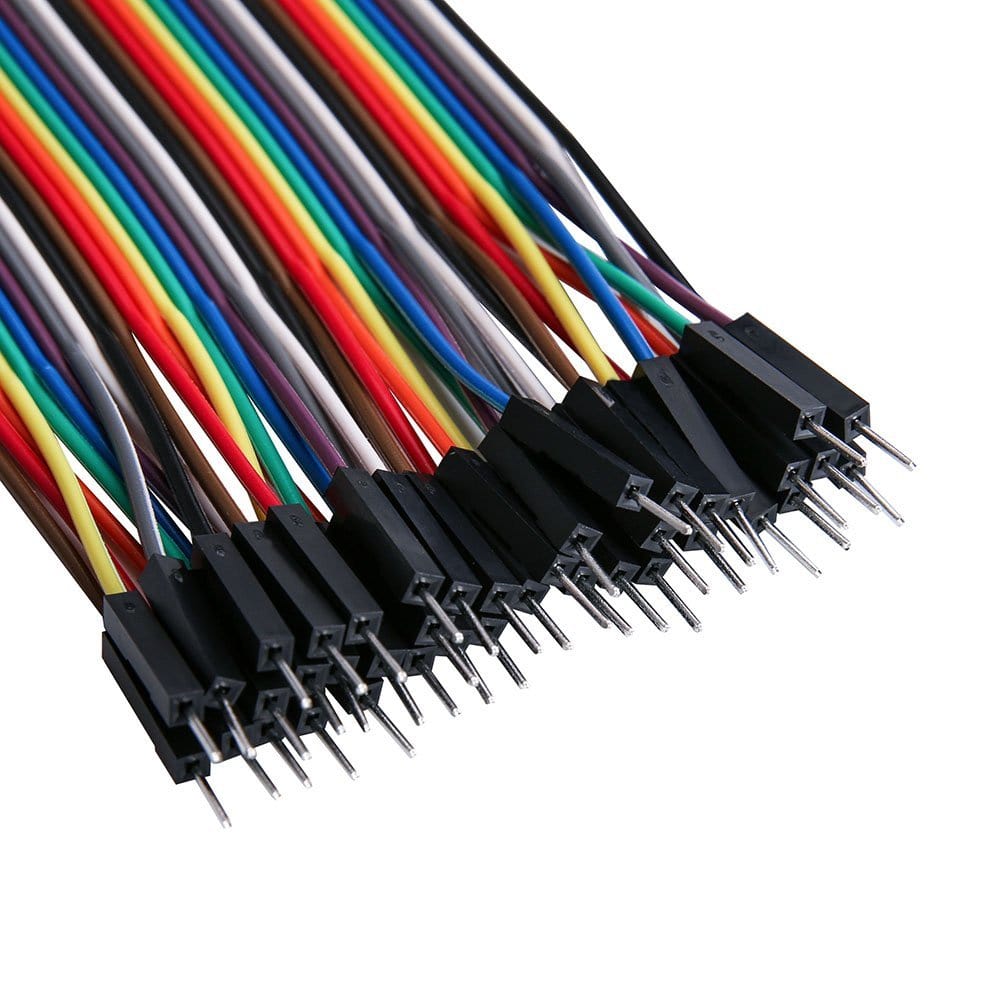![PUD HAT (Pull-Up/Down Resistor HAT) [Discontinued] by ModMyPi - The Pi Hut](http://thepihut.com/cdn/shop/products/pud-hat-pull-up-down-resistor-hat-modmypi-mmp-0897-7008712654910.jpg?v=1646252475&width=1120)
![PUD HAT (Pull-Up/Down Resistor HAT) [Discontinued] by ModMyPi - The Pi Hut](http://thepihut.com/cdn/shop/products/pud-hat-pull-up-down-resistor-hat-modmypi-mmp-0897-7008712687678.jpg?v=1646252478&width=1120)
![PUD HAT (Pull-Up/Down Resistor HAT) [Discontinued] by ModMyPi - The Pi Hut](http://thepihut.com/cdn/shop/products/pud-hat-pull-up-down-resistor-hat-modmypi-mmp-0897-7008712720446.jpg?v=1646252651&width=1120)
Login / Signup
Cart
Your cart is empty
![PUD HAT (Pull-Up/Down Resistor HAT) [Discontinued] by ModMyPi - The Pi Hut](http://thepihut.com/cdn/shop/products/pud-hat-pull-up-down-resistor-hat-modmypi-mmp-0897-7008712654910_1000x.jpg?v=1646252475)
![PUD HAT (Pull-Up/Down Resistor HAT) [Discontinued] by ModMyPi - The Pi Hut](http://thepihut.com/cdn/shop/products/pud-hat-pull-up-down-resistor-hat-modmypi-mmp-0897-7008712687678_1000x.jpg?v=1646252478)
![PUD HAT (Pull-Up/Down Resistor HAT) [Discontinued] by ModMyPi - The Pi Hut](http://thepihut.com/cdn/shop/products/pud-hat-pull-up-down-resistor-hat-modmypi-mmp-0897-7008712720446_1000x.jpg?v=1646252651)
Whether you're pulling-up or pulling-down, there's no need to frown! With the PUD HAT from ModMyPi, adding multiple pull-up or pull-down resistors to your Raspberry Pi project is easy! The PUD HAT is an expanded version of the smaller PUD board.
If you want to detect an "output" with your Raspberry Pi, like a button being pressed or a motion sensor detecting movement, we can configure our Raspberry Pi's GPIO pin as an "input". That input pin can be in three states (known as Tri-State logic); "high", when 3.3V is applied, "low", when the pin is connected to 0V, and "floating" when the state is undefined. Floating voltages are troublesome in electronics as the input can either read high or low depending on various fluctuations in electrical noise. Like a gate flapping open and closed in the wind, someone needs to lock the gate closed, or wedge it open. If you leave it flapping, it's likely to hit someone on their bottom on the way through!
Like our gate, the best way to avoid a floating input is to "tie" your input pin either high or low to create a default state. This is usually achieved through the use of a pull-up or pull-down resistor, either connecting our input pin via a resistor to the Pi's 3.3V to achieve a 3.3V high state, or the GND line to achieve 0V low state.
Our PUD HAT takes the messy wiring out of adding a pull-up or pull-down resistor to your circuit. Simply wire up the sensor output to the single pin on the PUD HAT and add a shunt jumper to either pull up (u) or down (d)! Therefore when you apply a signal voltage from your sensor or switch, the Pi is easily able to sense into which logic state the pin has been pulled! No more trouble from floating I/O's, the PUD HAT adds a jumper configurable pull-up or pull-down 10k? resistor to 26 of the Pi's GPIO pins.
Tutorials
![PUD HAT (Pull-Up/Down Resistor HAT) [Discontinued] by ModMyPi - The Pi Hut](http://thepihut.com/cdn/shop/products/pud-hat-pull-up-down-resistor-hat-modmypi-mmp-0897-7008712654910.jpg?v=1646252475&width=1120)
![PUD HAT (Pull-Up/Down Resistor HAT) [Discontinued] by ModMyPi - The Pi Hut](http://thepihut.com/cdn/shop/products/pud-hat-pull-up-down-resistor-hat-modmypi-mmp-0897-7008712687678.jpg?v=1646252478&width=1120)
![PUD HAT (Pull-Up/Down Resistor HAT) [Discontinued] by ModMyPi - The Pi Hut](http://thepihut.com/cdn/shop/products/pud-hat-pull-up-down-resistor-hat-modmypi-mmp-0897-7008712720446.jpg?v=1646252651&width=1120)






